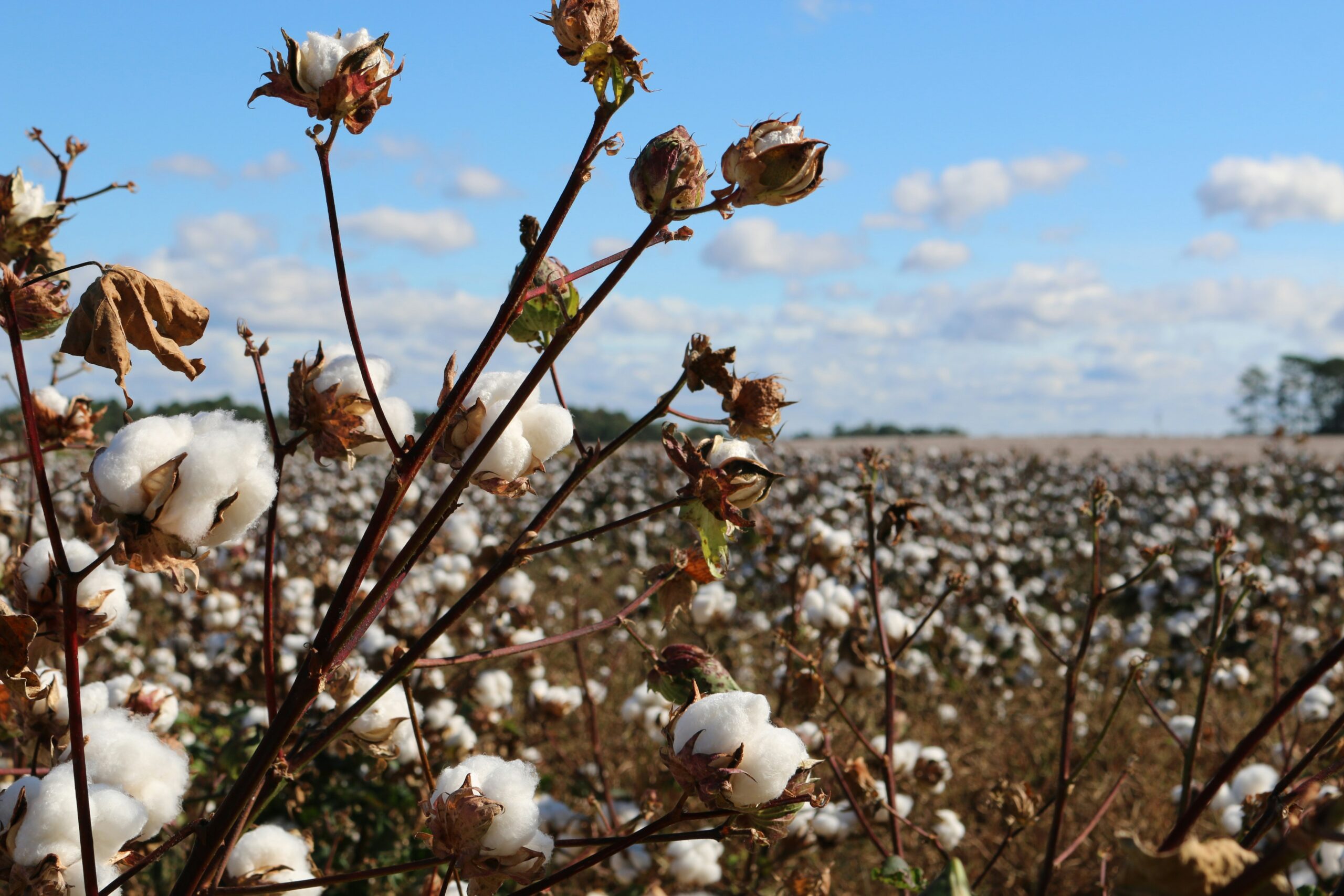
Sustainable cotton’s market share is growing rapidly, with Better Cotton now accounting for 22% of global production, and similar certification schemes such as Fairtrade, Responsible Brazilian Cotton, and others, taking sustainable cotton to 30% of the market. Sustainable supply chains rely on traceability to provide assurance that the standards are being adhered to, and we are seeing a growing movement within certification schemes towards even more robust traceability frameworks.
Focusing in on Better Cotton, originally the certification process utilised a mass balance chain of custody model, where traders must ensure that the amount of product sold from a site as Better Cotton matches the amount of cotton purchased under the scheme, managed through Better Cotton Claim Units (BCCUs), with each BCCU representing 1kg of Better Cotton.
Mass balance certification maintains the amount of cotton being sold as Better Cotton and ensures that any price premium for Better Cotton can be passed on. Producers can therefore access a market for their sustainable products, but the actual physical cotton delivered to clients is not necessarily from these producers.
However, Better Cotton now allows for 3 different physical Chain of Custody models, where the cotton’s identity is preserved throughout the supply chain and buyers can be assured that the cotton they are purchasing is verifiably Better Cotton produced. These physical Chain of Custody models include Segregation (single country), Segregation (multi-country), and Controlled Blending.
This mirrors the move towards more complete supply chain traceability we are seeing across commodities. Many other mass balance standards, such as Fairtrade and the Rainforest Alliance, are encouraging their members to incorporate segregated supply chains, and traders themselves are looking to improve supply chain visibility to benefit both traceability and their own operations.
Requirements for cotton merchants – why a CTRM is necessary
Most cotton traders are already using a CTRM to manage their operations, given the complexities of managing cotton supply chains and shipping documents. And whilst a CTRM is not specified in the Better Cotton standards, many of the requirements do mean that a CTRM is all-but essential. And a good CTRM or Commodity Management System allows cotton traders and merchants to manage these certification requirements without increasing the reporting burden.
The Better Cotton Management System Requirements list the technical and organisational management systems traders need to maintain. A CTRM helps meet these standards by providing the management system and technical resources that the organisation needs, as well as enabling them to maintain accurate, complete and accessible records, including of purchase orders, delivery information, certificates of origin, and more.
A CTRM should also provide counterparty management and document management beyond the scope of the Better Cotton requirements, allowing for full ongoing KYC audits. And it should create all the documents needed to manage, warehouse, and ship cotton within the CTRM – without the need to create manual recap reports or container packing lists.
If you have a good CTRM system that has been specifically designed to manage cotton, you can manage data down to the bale level. For example, Gen10’s CommOS creates virtual lots that represent each bale, with all the quality and sustainability information from your HVI, take-up report or other files.
These virtual lots reflect the real-world bales and are used to manage your physical inventories, not just report on them, so allow you to manage and track bales across contracts, shipments and containers, and create all the shipping documents you need, within one central location. And because your team are creating allocations, shipments and documents all within CommOS, you have complete traceability across your entire operations and can trace any individual bale from the gin to the end client.
Now let’s look more closely at how CommOS can support both mass balance and physical Chain of Custody traceability models in more detail.
Supporting mass balance and BCCUs in CommOS
CommOS has functionality specifically to manage mass balance credits including BCCUs. You can capture how many credits were bought or sold in a contract using the certificate registration section. Here, your team can select which standard the bales have been bought under, and how many units have been purchased.
And with complex contracts the norm in cotton, you can add BCCUs to specific shipments and view breakdowns by contract or by shipments. You can also allocate multiple standards to the same contract or shipment. And as CommOS creates your contract and shipping documents automatically, you can also add any mass balance credits to your invoices.
CommOS also allows you to manage exceptions, such as through managing the status of credits so that you can view acknowledged, not acknowledged and rejected credits, ensuring your records match the BCP.
You can also view and export credit reports by contract or broken down by shipment. These reports allow you to see at-a-glance how many credits are remaining against a contract, as well as their status, and can be exported for reporting and reconciliation, such as for the annual site-level reconciliation in line with the Better Cotton standards.
Physical Chain of Custody models in CommOS
With its complete traceability and auditability, managing identity-preserved physical Chain of Custody stock in CommOS can actually be easier than using mass balance credits.
The bale-level traceability begins as soon as your team import data from an integrated warehousing system or from file imports, such as a take-up file, container packing list, or HVI file. CommOS uses this data to create or update virtual lots that represent each physical bale.
Your team then use CommOS to manage your operations, from contracts and pricing to allocations, splitting lots, and creating shipping documents and invoices, automatically calculating pricing and populating documents with the relevant quality data. This means that the details of every single bale are preserved within CommOS so you can instantly see where it originated, any certifications and quality data. And you can audit its journey across purchase and sale contracts, through warehousing and individual containers, to delivery.
We understand cotton, we know that one contract can include thousands of bales across multiple shipment schedules, and this is why we automate the tracking and document creation for each of them. The automated workflows within CommOS are designed to improve your operations and visibility, whilst reducing operational risks by reducing the need for any typing or copying information between systems. The complete end-to-end traceability and full audit trail is a product of this automation and means that each bale can be traced with absolute certainty, whilst reducing administration rather than adding to the reporting burden.
Managing your day-to-day activities within CommOS also means that you have complete live position visibility so can see exactly what is stored in each warehouse, with mapping tools and geographical reports too. You can therefore create site-level and country-level reports at any time, and create live dashboards to proactively monitor your operations, rather than waiting for scheduled reconciliation reports.
Conclusion – managing mass balance and physical Chain of Custody is easier than you might expect
Mass balance is a crucial tool in bringing sustainable cotton and other commodities to market. It ensures producers are paid a fair price for their better practices and allows merchants to meet demand for sustainable products in a way that would not be possible in a segregated supply chain model.
But there is a growing push for segregated supply chains and identity-preserved physical Chain of Custody sustainability models, both from the standards that are encouraging traceable models, and from consumers and merchants who are seeing both what’s possible in terms of traceability, and the benefits it can bring them.
And with a good CTRM system like CommOS, it can actually be easier to maintain these physical models than manage mass balance credits. The system provides complete traceability as standard, whilst reducing operational risk, improving operational efficiency, and automating manual tasks to free up your teams to focus on what really matters to the business.
Find out more about how CommOS is designed to improve operations and trading for cotton merchants.

